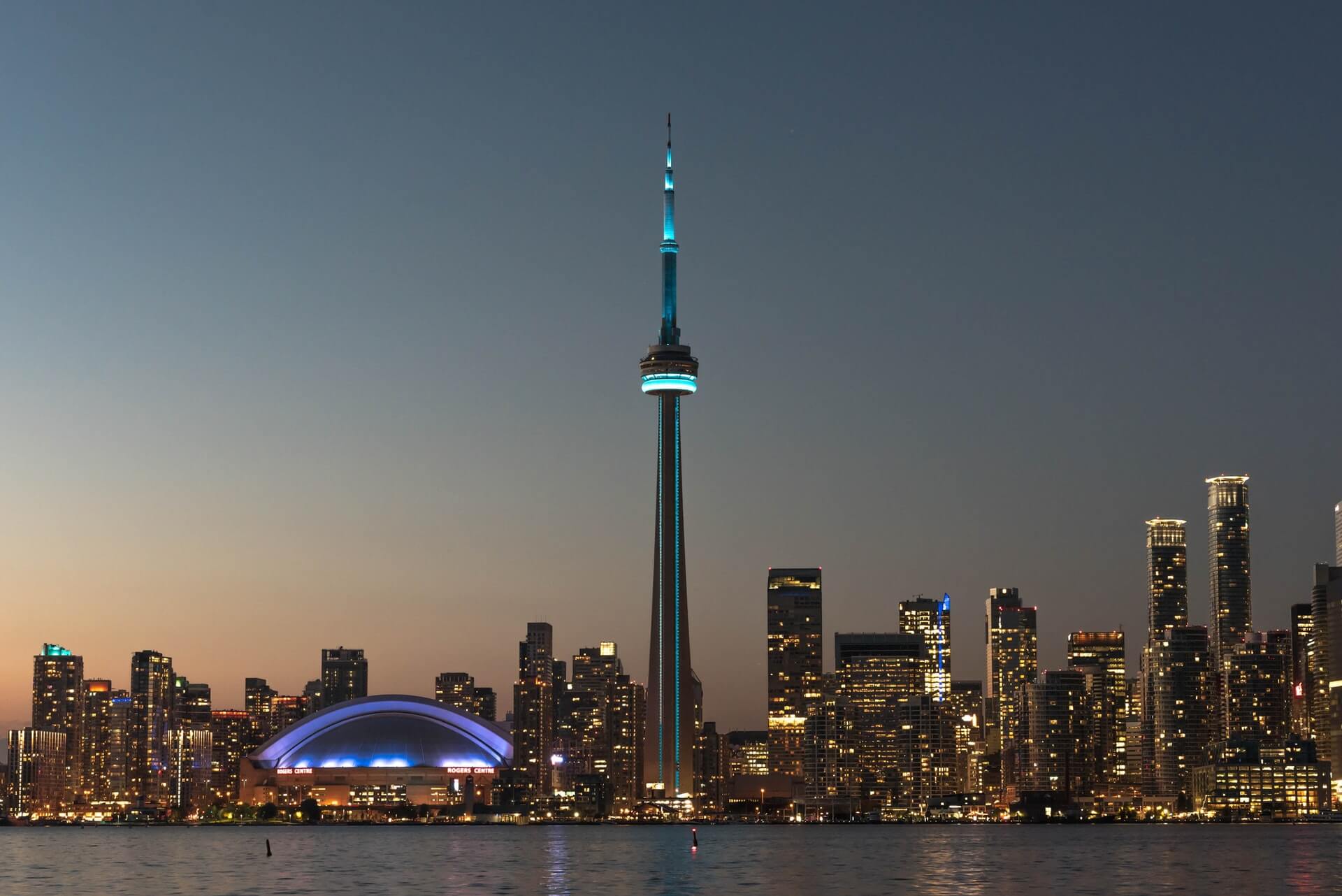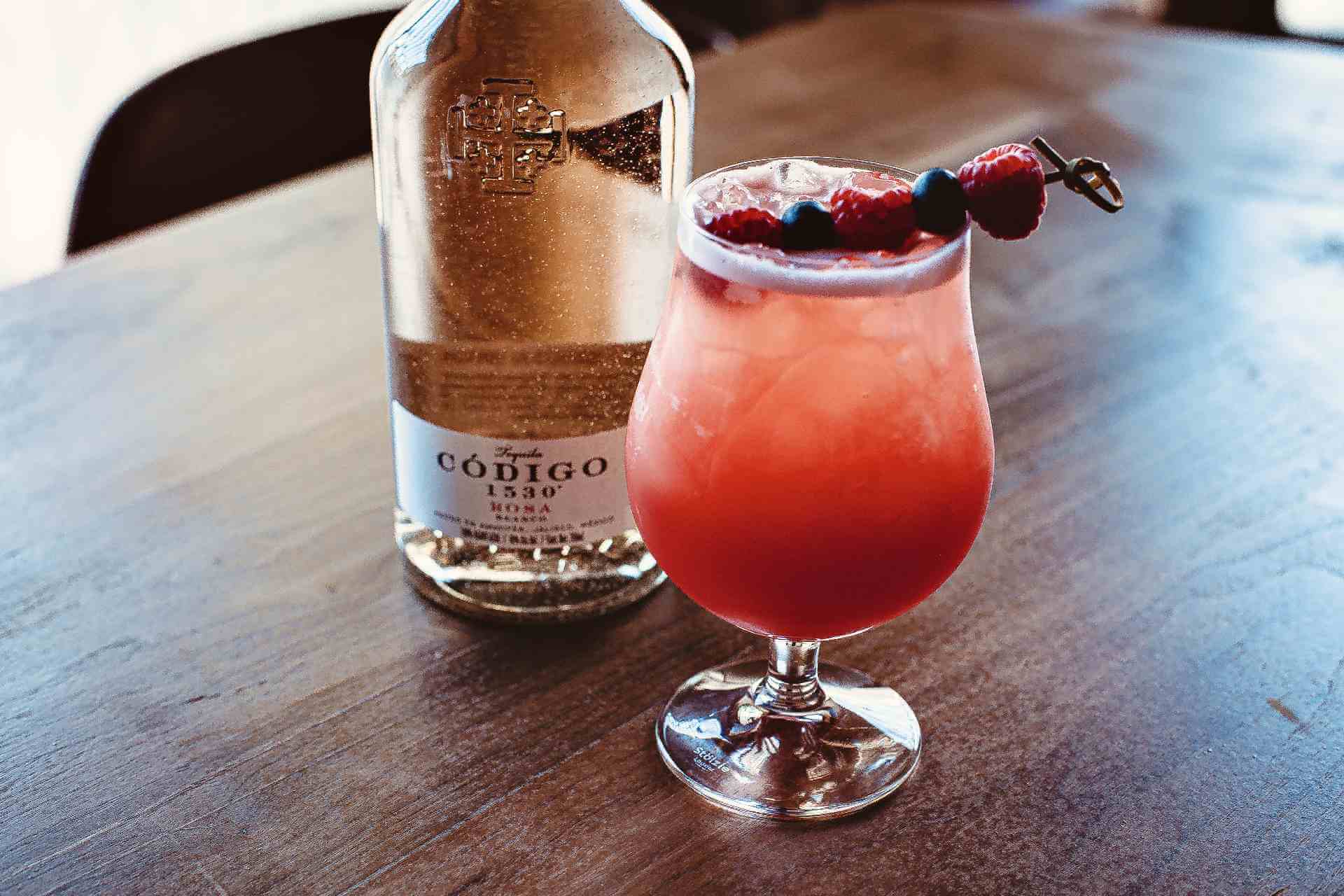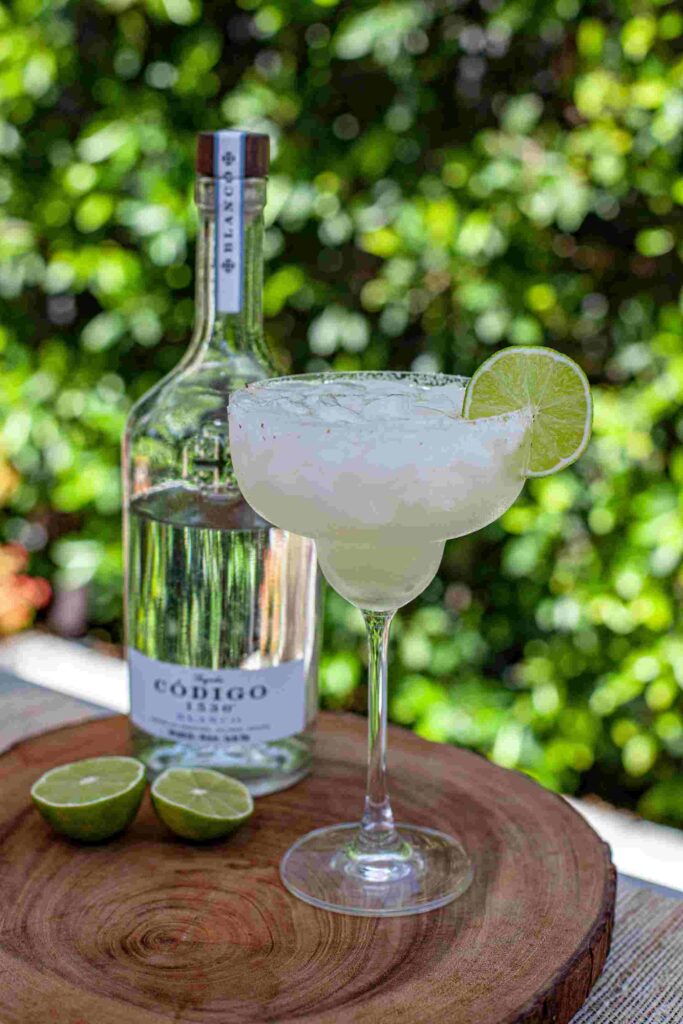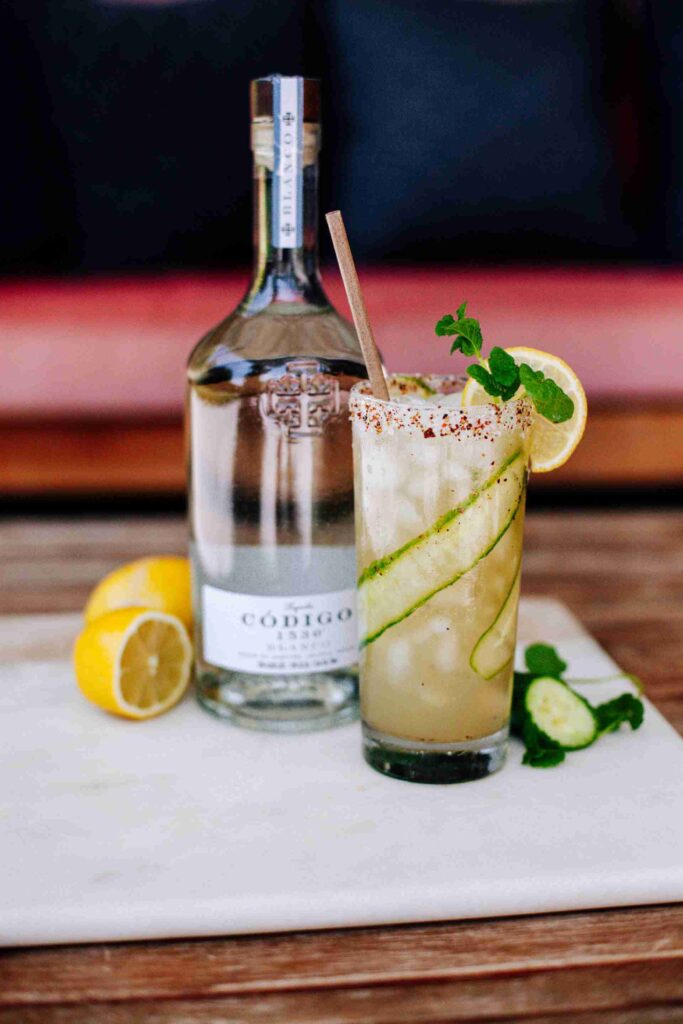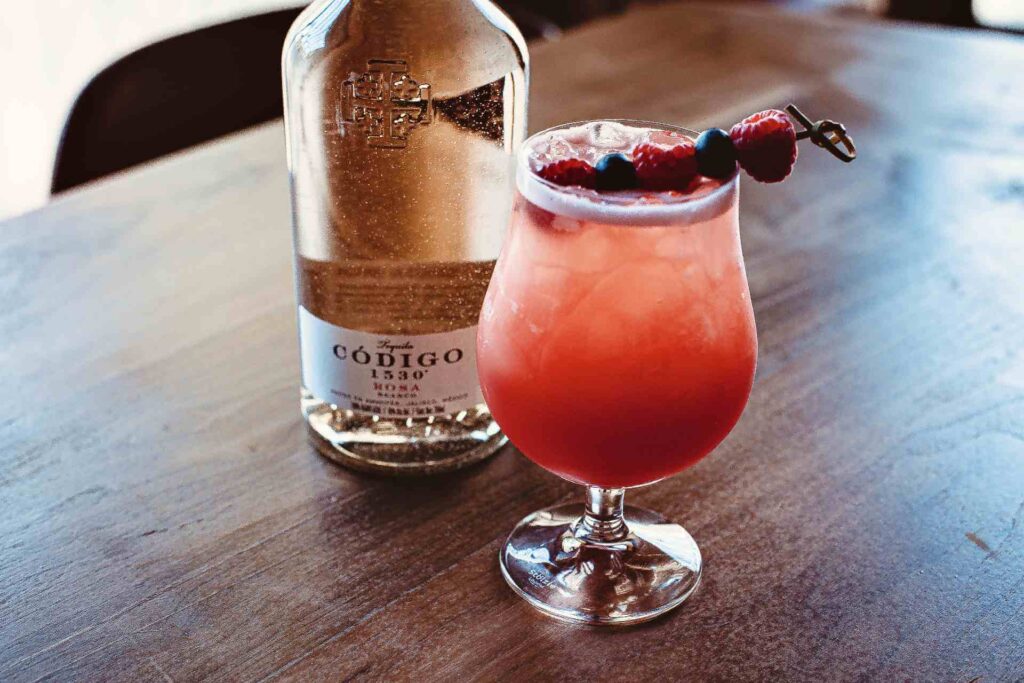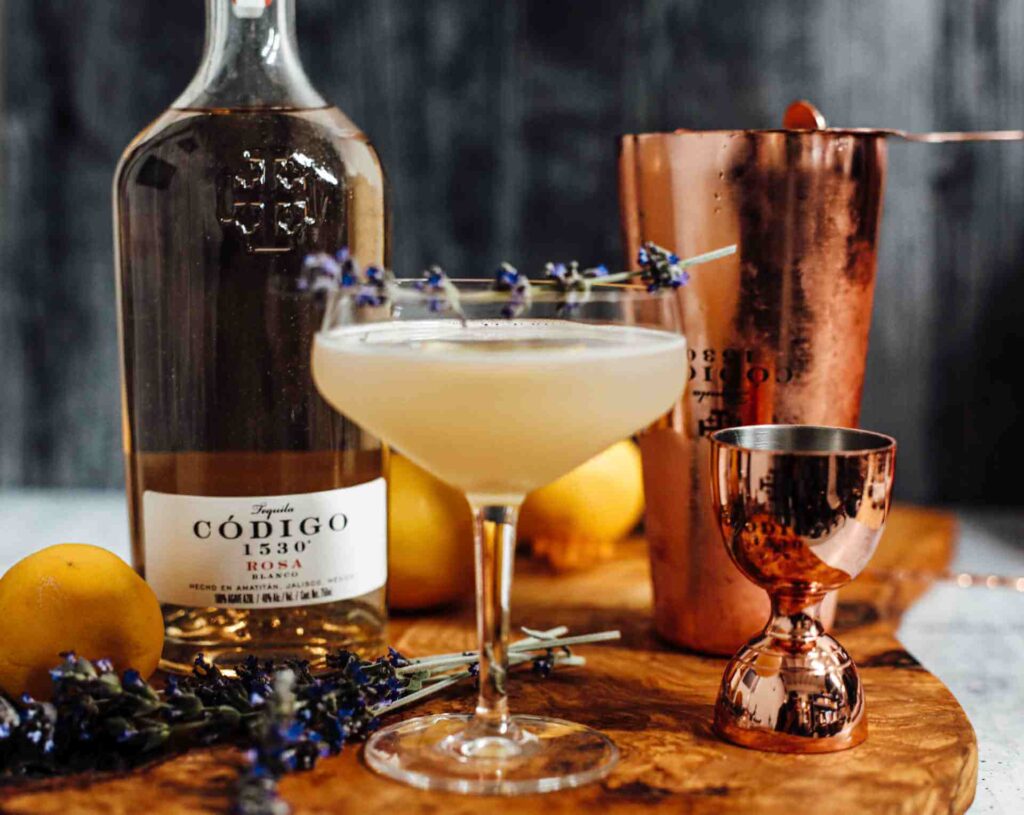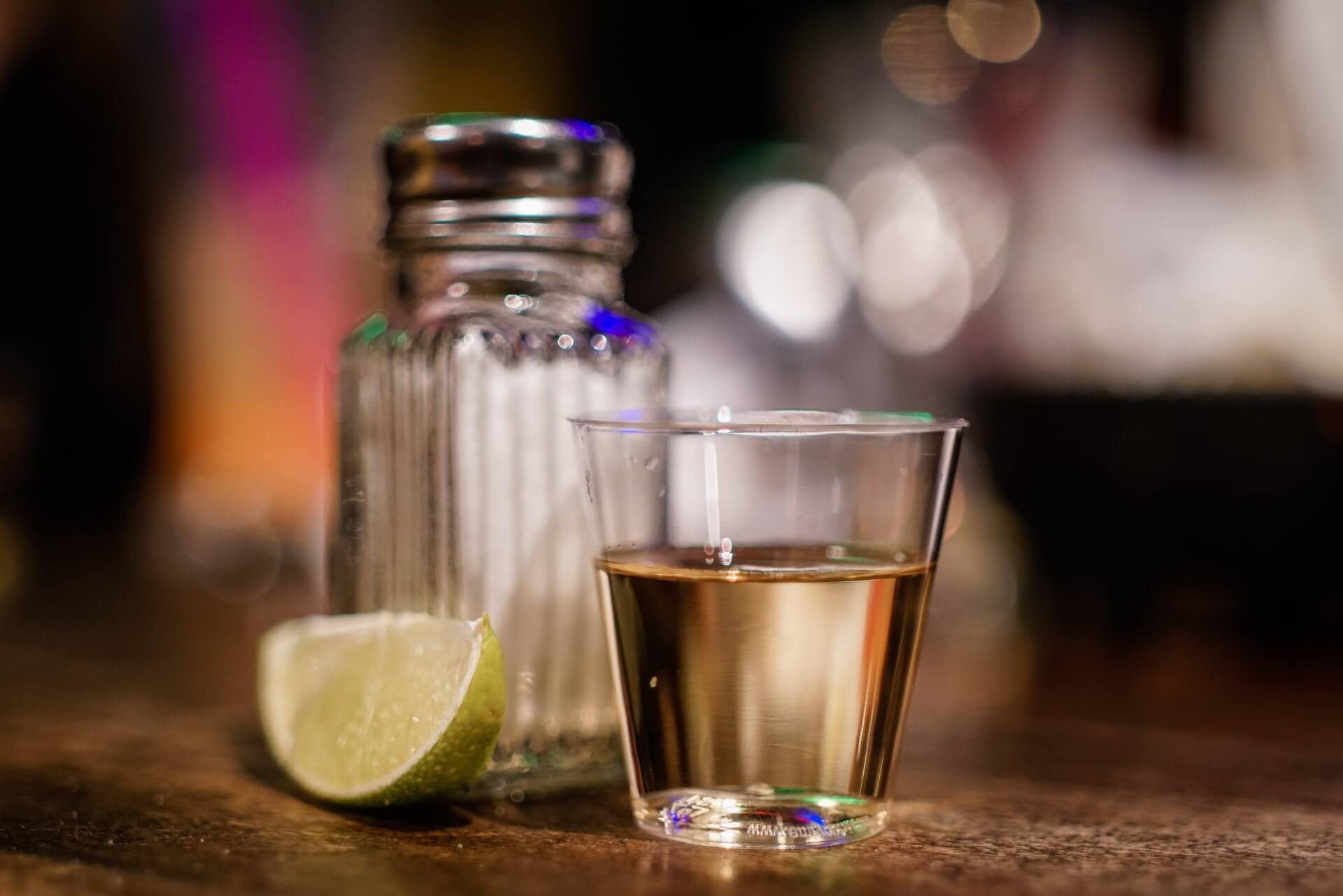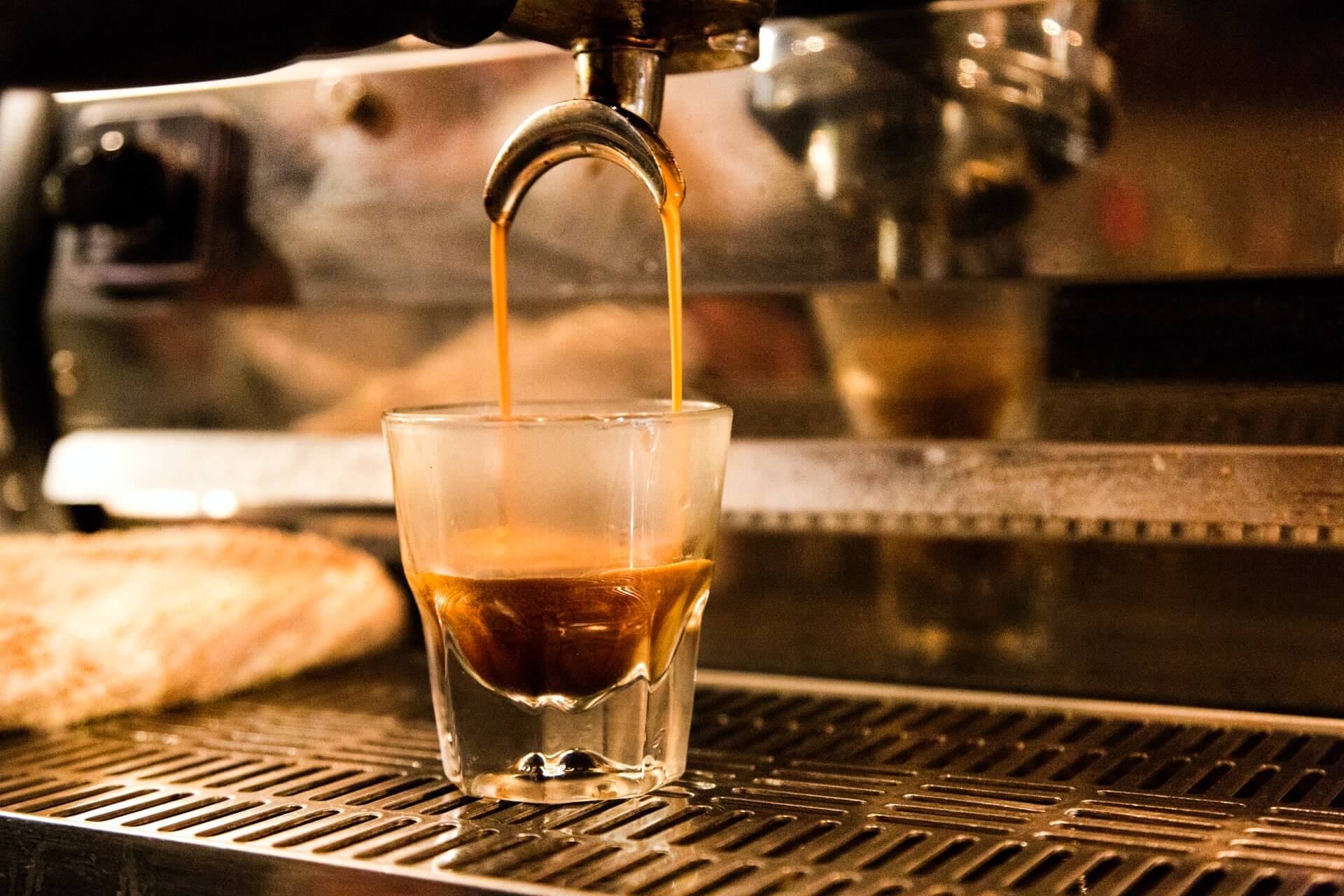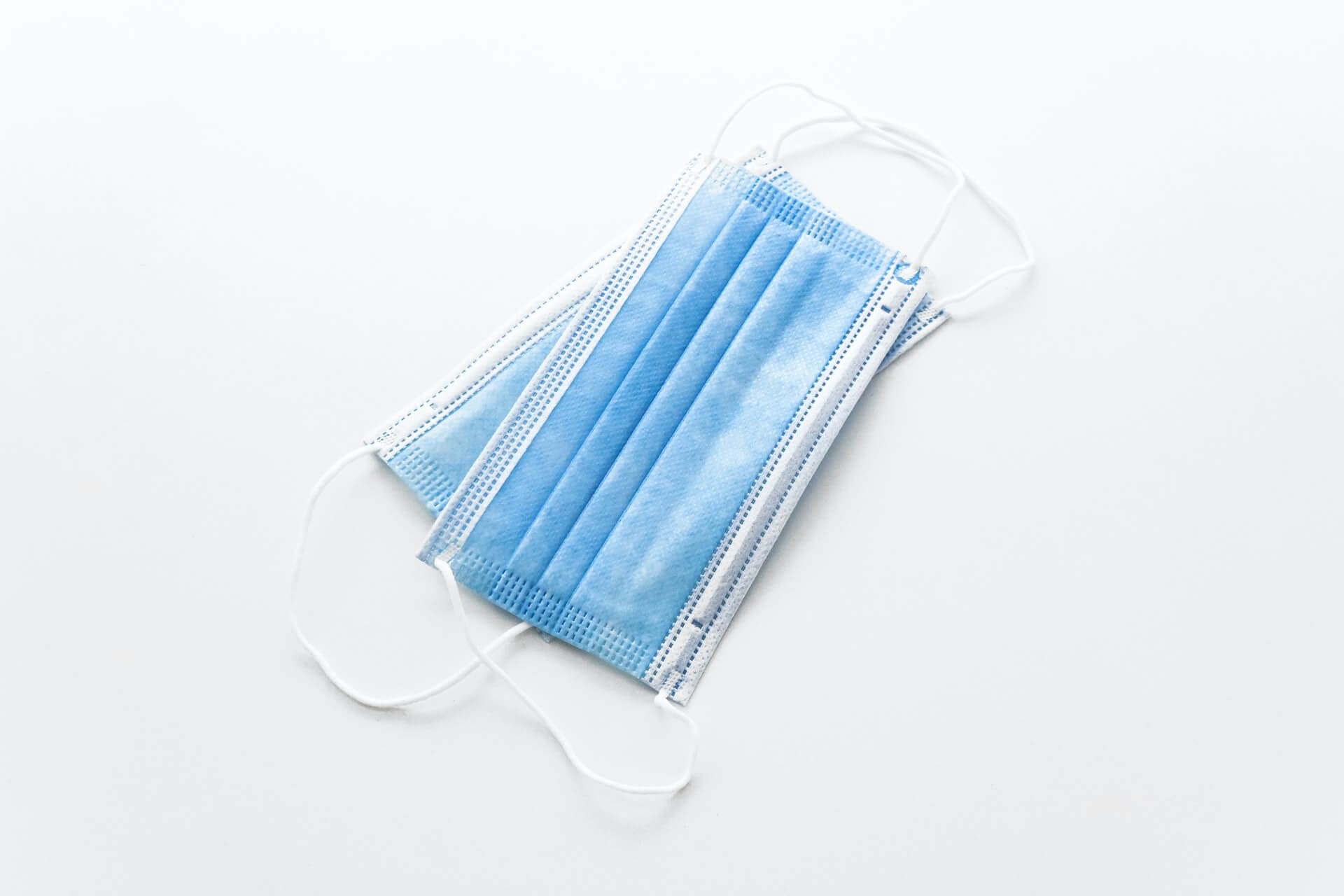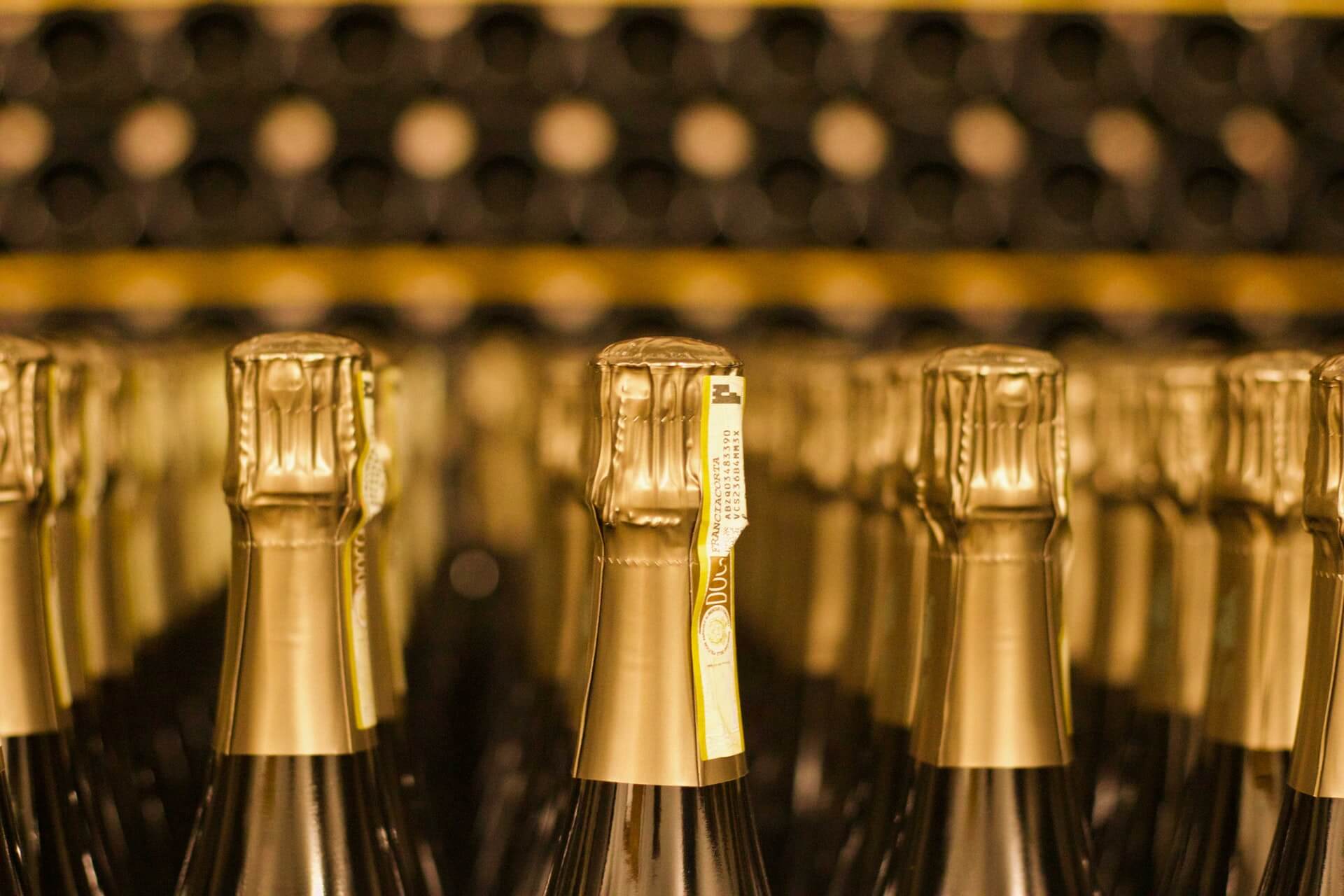Durham Distillery’s Pandemic Pivot
by David Klemt
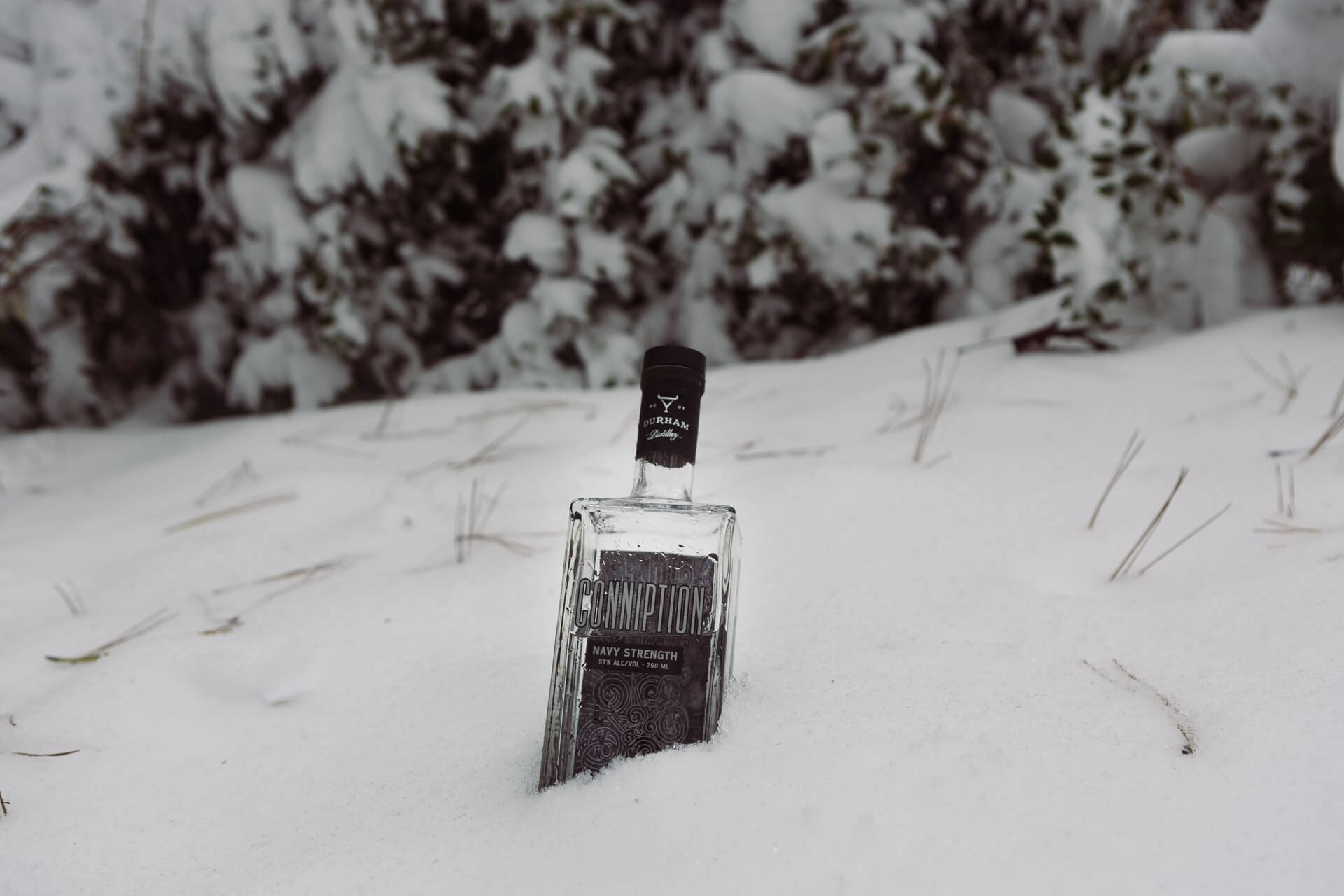
Distillers throughout the world are experiencing supply chain issues affecting their ability to produce and bottle their spirits.
One particular issue impacting distillers—and therefore the businesses that sell their products—is a glass bottle shortage.
Obviously, bottles are every bit as important to a brand as the liquid inside. We would all likely ace a quiz calling for us to match bottle silhouettes and brands.
Of course, other issues are also confounding producers, and the restaurants and bars that rely on them.
Labor challenges throughout the world reduced spirit, beer, and wine production. Using a particular spirit as an example, an agave shortage is impacting tequila.
However, consumption hasn’t slowed. Therefore, many distillers, brewers, and winemakers find themselves unable to meet demand.
The situation is dire enough for some retailers and even entire municipalities to ration certain products.
Pandemic Pivot
A distillery in North Carolina is turning a necessary pivot (everyone’s favorite pandemic word) into a limited-edition run for two of their products.
Durham Distillery, located in Durham, NC, produces CONNIPTION Gin. There are two core expressions, both crafted using traditional methods but with a modern approach.
CONNIPTION Gin American Dry is, of course, crafted with juniper berries. However, there’s also Angelica root, cardamom, cucumber, honeysuckle, Indian coriander, and orange peel.
Durham’s Navy Strength expression of CONNIPTION is crafted with bay leaf, caraway, cardamom, fig, Indian coriander, juniper berries, lemon, and rosemary.
Fans of these gins, along with craft spirit aficionados, are familiar with CONNIPTION’s signature bottle shape: American Dry and Navy Strength use rectangular bottles (see image above).
Faced with either slowing production due to an inability to obtain signature bottles or using a more readily available bottle, Durham Distillery chose the latter.
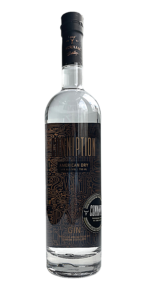
“Given the global supply chain issues so many of our friends and colleagues here in North Carolina and beyond are currently facing, we knew we had two options: give in or lean in and make the best of the situation while keeping our focus on continuing to deliver our award-winning gin to our amazing, loyal customers throughout the state,” says Durham Distillery co-founder and CEO Melissa Katrincic. “The supply chain had an actual conniption and we’re pleased we could be nimble to pivot to solve for our needs.”
Like Durham’s Cold Distilled Cucumber Vodka, both CONNIPTION expressions are available in a cylindrical bottle. Of course, this is only for a limited time.
In fact, the labels on the round bottles read, “same delicious gin but round,” “NC Exclusive Pandemic Pivot,” and, “Temporary Due to Glass Shortage.”
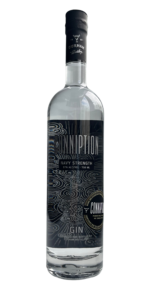
This particular pandemic pivot is deceptively simple. Altering packaging may seem like no big deal but it’s a gamble for established brands.
In the case of Durham’s CONNIPTION, this pivot seems like a fun and engaging win.
Image: Hayes Potter on Unsplash



